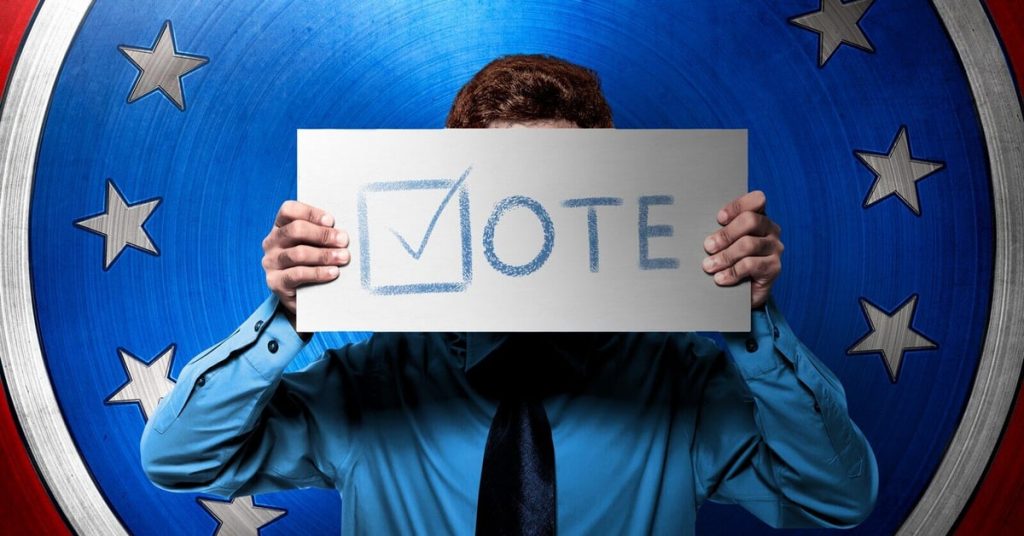
Did you know that social media profoundly shifted election dynamics? Discover how iconic political campaigns used social media to connect with voters and reshape narratives, influencing elections in unexpected ways.
In recent years, social media has transformed the political landscape. It’s no longer just a platform for sharing highlights of daily life; it’s become a vital tool in political campaigning. From Facebook to Twitter, these platforms have allowed candidates to reach a vast audience, engage directly with voters, and shape public opinion. But how do these campaigns work?
In the 2008 election, Barack Obama’s campaign set a benchmark in using social media. They utilized various platforms, especially Facebook and Twitter, not just for announcements but to foster a community.
The campaign focused on grassroots mobilization, encouraging supporters to share content. They effectively used videos and blog posts to communicate their message while motivating online advocates to reach their networks. This resulted in a significant online presence and allowed Obama to raise unprecedented funds through small donations. The campaign reported that around 35% of its donations came through online channels.
Furthermore, using targeted advertising, the Obama campaign could tailor its messaging to specific demographics, maximizing impact. Their innovative strategy garnered not just votes, but enthusiastic volunteers who spread the message virally. While not without its critics, Obama’s use of social media fundamentally altered how political campaigns could engage with voters.
In 2016, Donald Trump’s campaign exploited social media’s direct reach and unfiltered communication style. His use of Twitter became iconic as he used the platform to bypass traditional media channels and engage with his followers.
Trump’s team understood the power of virality and frequently posted controversial statements that stirred public debate. This not only kept him in the news cycle but also galvanized his base. According to a study, Trump’s campaign generated over 80 million Twitter impressions weekly, demonstrating extraordinary reach.
However, it wasn’t just about engagement; the campaign employed analytics to target advertisements effectively. They harnessed data from social media interactions to hone their messaging, allowing them to adapt quickly based on voter reactions. Though divisive, Trump’s social media strategy proved effective in transforming conventional political communication.
The #MeToo movement emerged as a powerful social media phenomenon, influencing various political campaigns and elections. Women from all walks of life used platforms like Twitter and Facebook to share their experiences with sexual harassment, creating a wave of awareness and change.
In the wake of the movement, candidates like Elizabeth Warren and Kamala Harris ran on platforms emphasizing women’s rights and gender equality. The conversations generated online translated into energy on the ground, mobilizing voters who felt that their voices were finally being heard. Exit polls from the 2018 midterm elections revealed a surge in female voter turnout, attributed in part to the movement’s impact. This example underscores how social media can foster a collective identity and drive voters toward action, particularly among disenfranchised groups.
The 2020 U.S. presidential election highlighted the darker side of social media campaigning—misinformation. Both candidates faced challenges as false information spread rapidly across platforms. Studies indicated that false narratives on social media reached as many as 70% of U.S. adults.
In response, platforms like Facebook took steps to label misinformation and promote authoritative sources. However, despite these efforts, misinformation influenced public perception significantly. For instance, narratives about mail-in voting and election fraud circulated rapidly, creating confusion among voters. Campaigns struggled to counter these narratives, illustrating the challenges of maintaining integrity amid a flood of information. The election showcased not only the power but also the responsibility that comes with using social media for political purposes.
Drawing insights from these campaigns reveals vital lessons for future political endeavors. First, understanding the audience is crucial. Campaigns need to identify which platforms resonate with their target demographic and tailor their messages accordingly. For example, younger voters are more active on Instagram and TikTok compared to Facebook.
Engagement is another essential factor. Successful campaigns foster genuine connections, encouraging supporters to share their experiences and perspectives. This creates a sense of belonging, motivating voters to act and spread the word.
Lastly, authenticity matters. Candidates who present genuine, relatable narratives resonate more with voters. The echo chamber effects of social media can amplify disconnection when candidates fail to align their online presence with their real-life personas. Maintaining integrity while using social media is a necessity for establishing trust with voters.